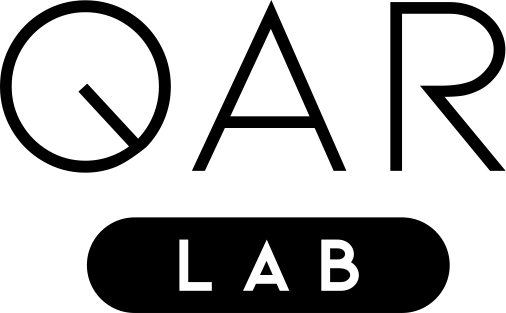State Preparation on Quantum Hardware Using an Island Genetic Algorithm
Abstract:
As genetic algorithms demonstrate a remarkable versatility and extensive range of applications, their utilisation in the context of quantum circuit synthesis remains a notable area of interest. Given the considerable challenge presented by the vast search space inherent to quantum circuit generation, the theoretical suitability of genetic algorithms is evident, particularly in view of their intrinsic exploration capability. In addition to the utilisation of quantum algorithms for the attainment of up to exponential runtime advantages, all such algorithms necessitate the preparation of specific states in order to confer said advantages. It is therefore crucial to be able to create specific states, even in the absence of knowledge regarding the underlying circuits. One notable state is the Greenberger–Horne–Zeilinger (GHZ) state, which unites the superposition and entanglement characteristics inherent to quantum computing. Accordingly, this circuit is used as the target state for reproduction in this thesis, and two additional circuits with distinctive states are employed to illustrate the general applicability of this approach. Additionally, the genetic algorithm is executed not only on the simulator but also on the IONQ Aria-1 quantum processing unit (QPU).
This thesis elucidates the distinctions between the population-based and the island-based approach. These approaches differ in terms of whether the individuals are part of a single population or whether they develop separately into smaller groups dispersed across multiple islands and interact with each other solely through a process of migration between the islands. This thesis presents evidence of the superiority of the island-based approach in comparison to the population-based approach for the GHZ-state, as well as the two other circuits. Moreover, it demonstrates that the constraints of the hardware execution could be met by employing the island-based approach on the IONQ Aria-1 QPU to generate a solution candidate for the GHZ-state. Furthermore, the provenance of the generated solution candidates indicates the efficacy of the genetic algorithm itself and also the enhanced diversity of the different approaches.
Author:
Jonathan Philip Wulf
Advisors:
Jonas Stein, Maximilian Zorn, Claudia Linnhoff-Popien
Student Thesis | Published October 2024 | Copyright © QAR-Lab
Direct Inquiries to this work to the Advisors

